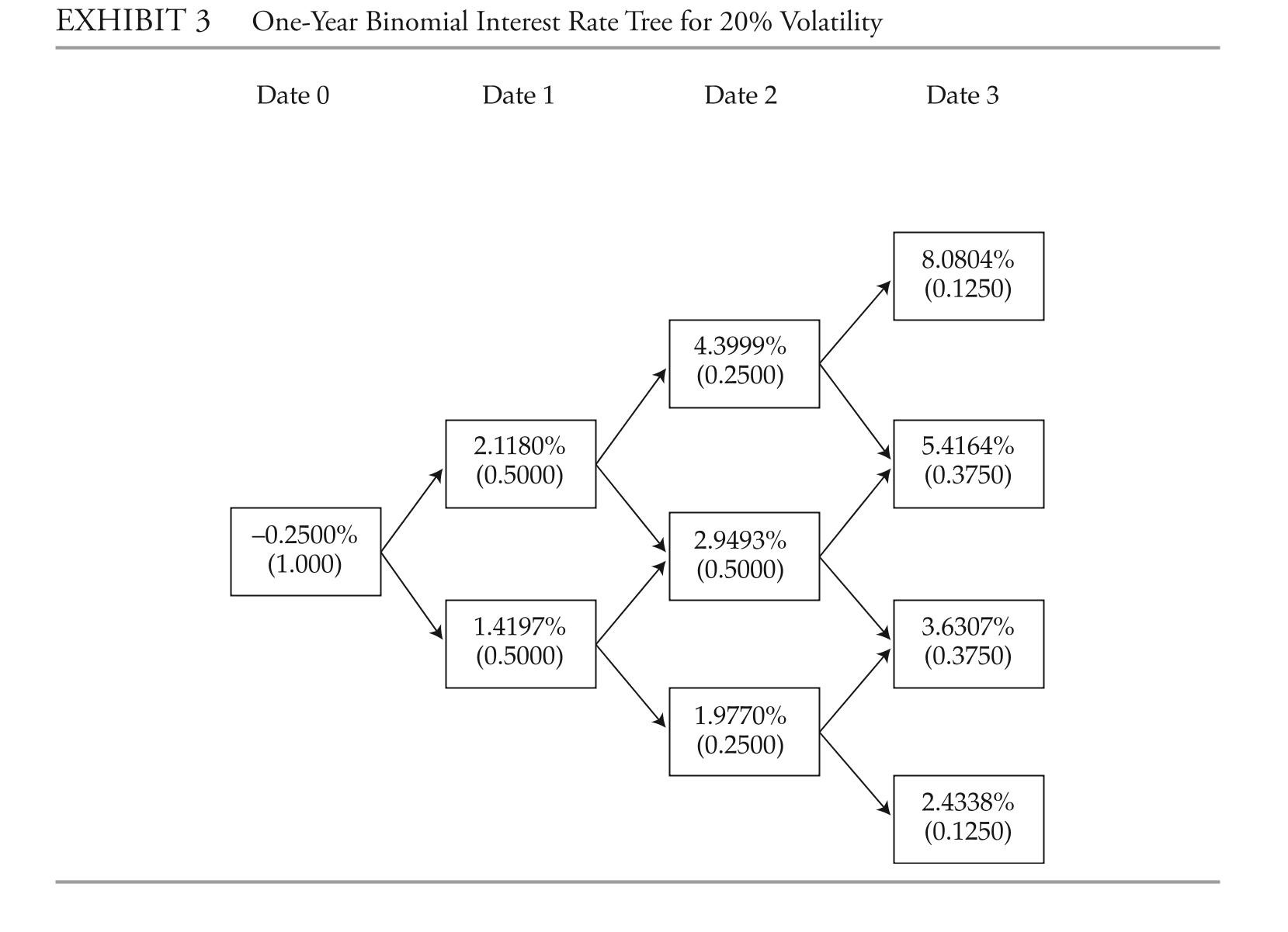The following information relates to Questions
daniela ibarra is a senior analyst in the fixed-income department of a large wealth manage-ment firm. Marten Koning is a junior analyst in the same department, and david lok is a member of the credit research team.
The firm invests in a variety of bonds. ibarra is presently analyzing a set of bonds with some similar characteristics, such as four years until maturity and a par value of €1,000. exhibit 1 includes details of these bonds.
exhibit 1 a brief description of the bonds being analyzed bond descriptionb1 a zero-coupon, four-year corporate bond with a par value of €1,000. The wealth management firm's research team has estimated that the risk-neutral probability of default (the hazard rate) for each date for the bond is 1.50%, and the recovery rate is 30%.b2 a bond similar to b1, except that it has a fixed annual coupon rate of 6% paid annually.
b3 a bond similar to b2 but rated aa.
b4 a bond similar to b2 but the coupon rate is the one-year benchmark rate plus 4%.ibarra asks Koning to assist her with analyzing the bonds. She wants him to perform the analysis with the assumptions that there is no interest rate volatility and that the government bond yield curve is flat at 3%.ibarra performs the analysis assuming an upward-sloping yield curve and volatile interest rates. exhibit 2 provides the data on annual payment benchmark government bonds.1 She uses these data to construct a binomial interest rate tree (shown in exhibit 3) based on an assump-tion of future interest rate volatility of 20%.
1 For simplicity, this exhibit uses
 answer the first five questions (1-4) based on the assumptions made by Marten Koning,the junior analyst. answer questions (8-12) based on the assumptions made by daniela ibarra, the senior analyst.
answer the first five questions (1-4) based on the assumptions made by Marten Koning,the junior analyst. answer questions (8-12) based on the assumptions made by daniela ibarra, the senior analyst.
Note: all calculations in this problem set are carried out on spreadsheets to preserve reci-sion. The rounded results are reported in the solutions.
-The market price of bond b2 is €1,090. if the bond is purchased at this price and there is a default on date 3, the rate of return to the bond buyer would be closest to:
Definitions:
Radiation
The emission of energy as electromagnetic waves or as moving subatomic particles, especially high-energy particles that cause ionization.
Earth
The third planet from the Sun; the only astronomical object known to harbor life, characterized by its vast oceans, breathable atmosphere, and diverse ecosystems.
Estimated
An approximated calculation or judgment of a value, number, quantity, or extent that is not exact but likely close to the actual amount.
Q3: A portfolio manager is considering the purchase
Q5: is Perreaux correct with respect to key
Q6: Two flanged shafts are connected by
Q9: sum of orthogonal vectors <span
Q19: The answer to Prégent's question is that
Q28: Evaluate the following expression. <span
Q28: Contrary to positive bond covenant, negative covenants
Q37: Use the figure to find the
Q51: A point in polar coordinates is
Q99: <span class="ql-formula" data-value="\text { If } f